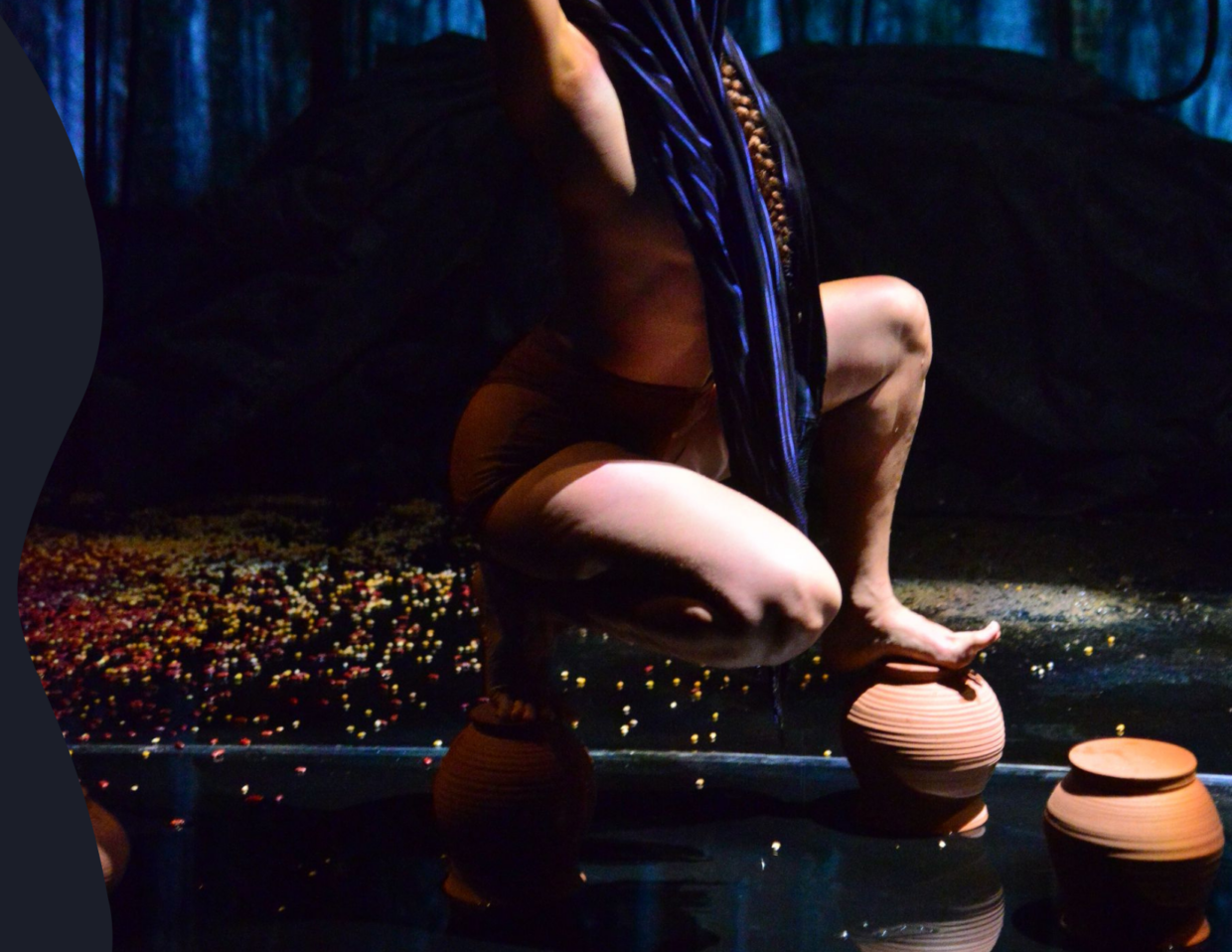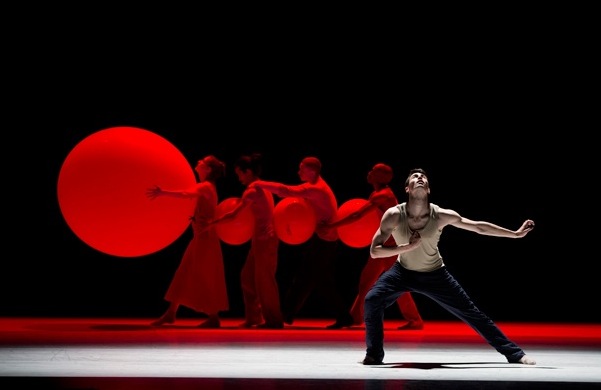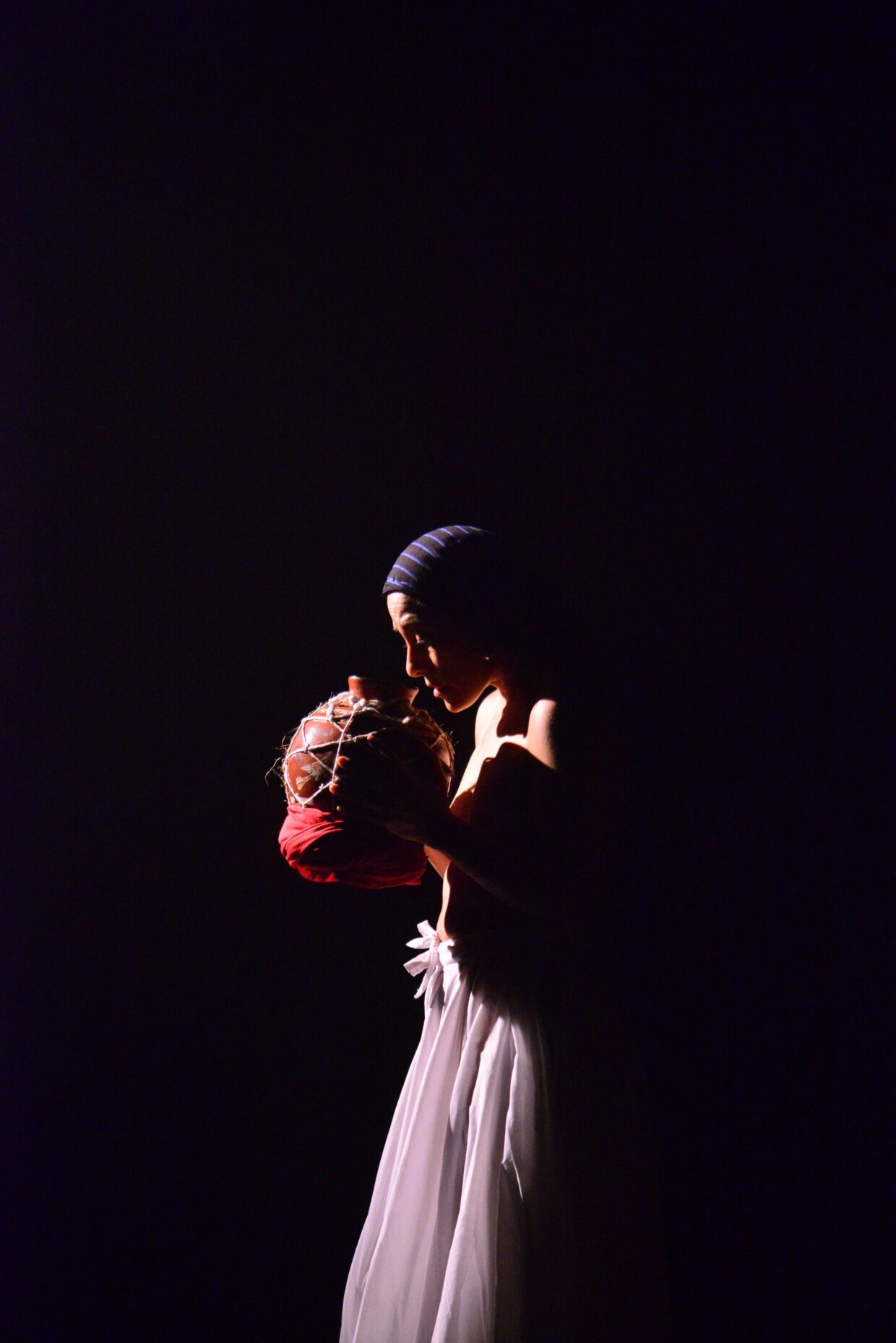Artist FAQs

As dance presenters, we want you to know that we are your biggest fans.
We are endlessly inspired by how you push the art form to exciting new places that challenge our imagination or help us make sense of our world. Without you, there would be no dance.
At CanDance, we care deeply about building supportive audiences and connecting you with them. We also care about doing our very best to be supportive, considerate hosts when you are performing in our spaces.
What we know
We know that being a working artist takes hard work, perseverance, pain, and guts.
We know that you manage to create magic in chronically under-resourced environments.
We also know there are more dance artists than there are performance opportunities – and that creates a power imbalance and an environment of scarcity and competition.
Photo: Aszure Barton, Awáa, Large Scale Creation Fund 2010/11, photo by Kim Williams


What we want
We want all dance artists to have the opportunity to thrive.
We want dance, as an art form, to flourish and evolve.
And we want you, as artists, to be cherished by everyday Canadians.
Photo: Diana Lopez, Nomada, Small Scale Creation Fund 2022/23, photo by Greg Wong
FREQUENTLY ASKED QUESTIONS
Oh, one more thing: we know artists have many important questions for presenters, and here are the most frequently asked.
What does a dance presenter do?
A dance presenter makes dance events happen for an audience. They select the shows, organize the necessary contracts and schedules with the artists and the venue, market the shows to an audience, and manage ticket sales.
How do dance presenters choose the artists they present?
Dance presenters work hard all year round to see as much dance as possible, and stay informed about artistic trends and developments. They travel to attend dance festivals to see new work, meet artists, and talk to other presenters.
Armed with all of this artistic information, the presenter then balances the business side of their work, including:
- Budget projections and constraints (what do the shows cost, and how many shows can I afford to put on?)
- Scheduling issues (when is my venue available, when are the artists available?)
- Audience marketing and development (how can I best market this show to my audience, and build new audiences?)
- Equity and representation (does my programming reflect the diversity of the community I work in and support equity deserving artists?)
- Hosting needs (what do the artists need to thrive while I am hosting them?).
Because there are so many factors to consider, presenters usually make their programming decisions one or two years in advance.
How does CanDance help?
An important part of The CanDance Network activities is our regularly scheduled programming discussion meetings. At these meetings, each presenter is given time to share information about the artists and new pieces coming out of their home communities. To help presenters stay informed, and to give artists performing opportunities outside of their home communities, we encourage our members to promote the artists they love across the network, and to partner on co-commissioning and touring projects.
What makes each dance presenter different?
While we learn a lot from each other, at the end of the day, each presenter has their own artistic mandate to fulfill, which is unique to their organization. For example, one organization may have a mandate to support and present South Asian dance, while another has a focus on giving opportunities to youth or emerging artists, etc.
How do I get presented?
This is a tough question, without one clear answer. We would love to see a world where every artist gets paid to perform, but unfortunately, that is not the reality. The truth is, presenters have limited annual budgets, and there are many more artists making new work than there are presenting opportunities.
So, where do I begin?
We encourage all artists to start with simple relationship building and networking. As we mentioned, presenters are actively trying to see as much dance as possible and meet as many dance artists as possible. If you would like to get to know a presenter, include them in your marketing activities by email and on social media. You are always welcome to send an introductory email to a presenter, telling them who you are, sharing relevant links, and inviting them to your show. And please feel completely welcome to introduce yourself in person at community dance events. You will be warmly received.
How do I choose which dance presenters to approach?
We know this kind of networking takes a lot of time and effort. To be efficient, try to target presenters who you think present the style of work that would match well with yours. Once the ball is rolling, and a presenter sees you perform, or is chatting with you about your work, they will be happy to share their feedback, as well as suggest other presenters or opportunities that might be a good fit for you.
It may take many years of knowing a presenter before they have an opportunity to offer you a presentation. Each CanDance presenter is encouraged to champion the artists they love from their home communities with their national colleagues at regular programming meetings. So, having a relationship with a CanDance presenter is a great way to boost the knowledge of your art across the county.
Why don’t presenters get back to me when I contact them and/or invite them to my shows?
They’re not trying to be rude, we promise. The problem is that presenters receive a huge volume of invitations from artists, and they truly do not have enough time in their workdays to answer each one. If you are active in your dance community, virtually and in-person, trust that the presenter will discover your work. And please keep the presenters on your marketing lists.
How are the CanDance presenters funded?
Most of the dance presenters in the CanDance Network are non-profit organizations that receive annual grants from The Department of Canadian Heritage’s Canada Arts Presentation Fund. They seek additional grants to support their work from granting bodies and foundations, including the Canada Council for the Arts, and provincial and municipal arts funders and private charitable foundations. They also conduct private fundraising campaigns among their patrons. Some presenters work for municipally funded venues/organizations, and their funds come directly from the city they are employed by.
Do dance presenters make a lot of profit from presenting me?
Not at all! As non-profit organizations, the presenters are not motivated to make profits like a commercial concert venue or a producer. Each presenter has an annual operating budget from grants and fundraising, that they then allocate to cover the expenses of putting on shows and running their organization. It’s typical that a presentation budget is designed to “break even,” or even lose money.
Box office or ticket sales make up only a portion of the overall presentation budget. Because ticket sales are not the primary motivator, the presenters have more freedom to present shows that might not draw huge crowds. We like this, because we can put the art before profits.
How are presentation fees decided upon?
This is another very complex question. So big, that in 2006 we hired a consultant team to conduct a three-year study on fees paid for professional dance presentations in Canada with the goal of setting some basic fee standards. You can read the full study at this link.
After a huge amount of research, the team concluded that there were too many variables to set national fee presentation standards. For example, some presenters choose to work with emerging artists and pay lower fees in order to offer presentations to as many artists as possible. Others choose to present fewer shows at higher fees. The consultant team instead suggested we a) establish best practices and b) improve artist-presenter communication around negotiating fees. In response, we worked with artists across the country and created this Fee Negotiation Tool and a Sample Budget. They are a bit out of date now, but still very useful! We also hosted a series of “Dueling Spreadsheets” workshops for artists and presenters to foster mutual understanding about who pays for what when putting on a show, and to show that the presenters are not making money at the artists’ expense. We hope you find it useful.
How do the CanDance presenters work together to help dance artists?
There are three ways CanDance presenters help artists.
First, as we’ve already mentioned, each CanDance presenter shares information with the network about the artists making work in their home communities.
Second, the CanDance presenters partner with each other to commission new dance works, fund dance exchange projects, and organize dance tours. Third, the network members identify and discuss important sector wide issues that need to be addressed at a national level, such as: setting best practices and codes of conduct; advocating for dance funding; advancing Equity, Diversity and Inclusion practices for programming and organizational policies; and establishing anti-harassment policies and procedures.
What responsibilities do the presenters have to present dance from equity deserving communities?
Each CanDance member has a responsibility to their funders to ensure their programs reflect the diversity in their community. At present, CanDance is revising our presenter Code of Ethics to include a commitment to equitable representation in programming, as well as a commitment to ongoing EDI training and check ins. You can read more about our anti-racism and inclusion goals on our Who We Are/About Us page.
Can CanDance help if I experience contractual problems or harassment while being presented by one of your members?
The CanDance Network has a Code of Ethics that all members in good standing commit to annually. If you experience a problem while working under contract with a CanDance presenter, you can report it to us. You can see our complaints policy here, which has details about how to report, and the actions we can take.
Bigger picture, we recognise that there is no one place an independent artist can go to if they experience harassment or serious problems while on a contract. This creates a void where artists are left powerless, a problem we see as serious and dangerous. As part of our five-year strategic plan (starting in 2022-23), CanDance plans to connect with the national dance service organizations to brainstorm solutions to this problem and come up with collective resources for working artists that improve conditions for the whole sector. We’ll update this webpage as we make progress.
Have a question that isn’t addressed here?
Please email it to us at office@candance.ca. We’ll do our best to respond and add it to this list!
Photo credit: Top banner (Artist FAQ’s) – Diana Lopez, Nomada, Small Scale Creation Fund 2022/23, photo by Greg Wong
